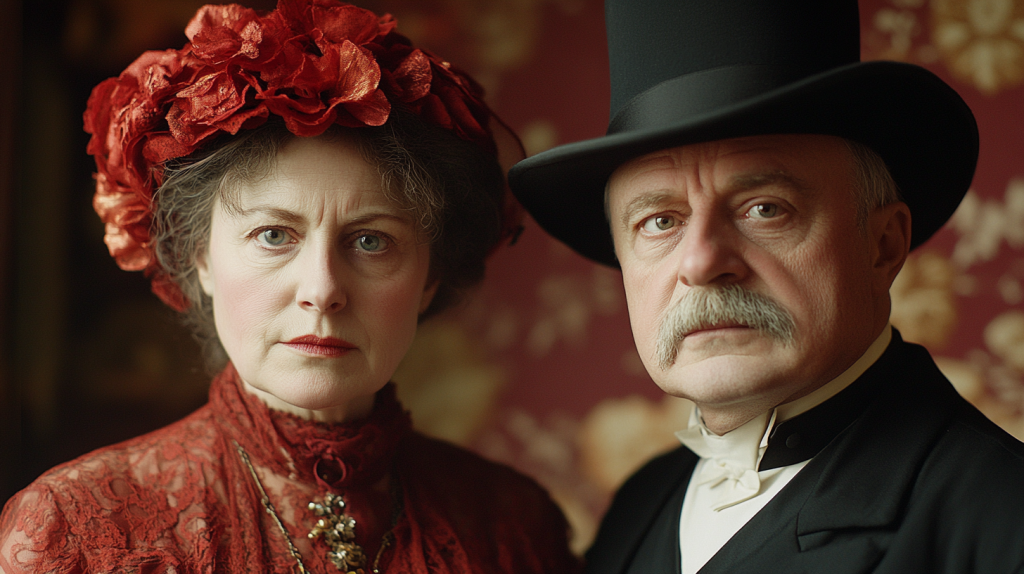“Downton Abbey” captivated us with its portrayal of life in early 20th century England. And who can forget the indominitable and fabulous Maggie Smith in her role as the Downton Dowager Countess? The show’s lavish costumes, grand estates, and complex social dynamics transported us to a bygone era. However, like many historical dramas, “Downton Abbey” took plenty of liberties with historical accuracy for the sake of storytelling. While the show’s creators did extensive research, naturally, some aspects of Edwardian life were altered or simplified to appeal to modern audiences.
Excessive Fraternization Between Staff and Family
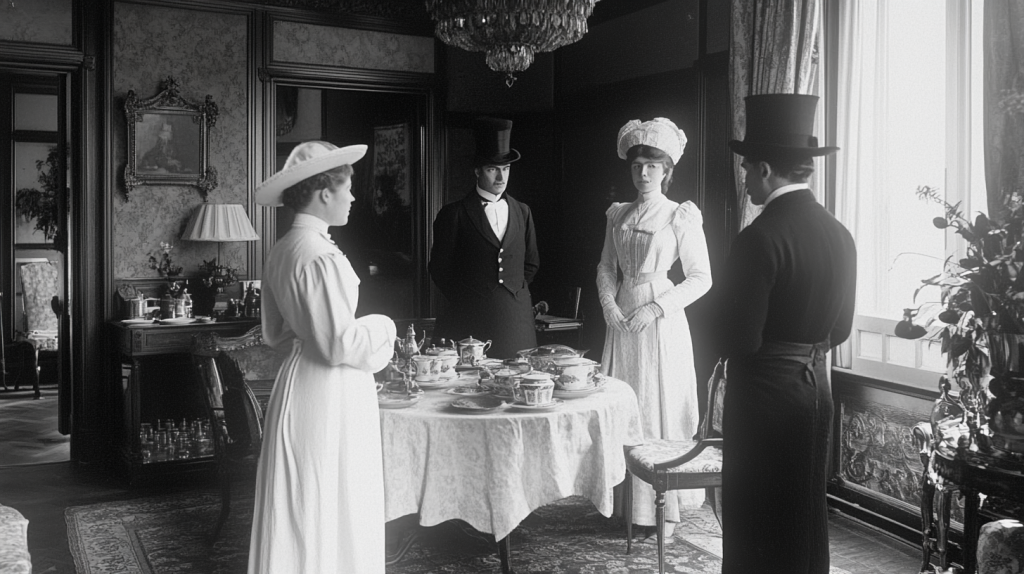
In “Downton Abbey,” we often see the Crawley family interacting closely with their servants. This level of familiarity would have been highly unusual in Edwardian England. The divide between upstairs and downstairs was much stricter than portrayed in the show. Servants were expected to be invisible, and personal conversations with family members were rare. In reality, most aristocrats wouldn’t even have known their servants’ names beyond the butler and housekeeper.
Unrealistic Staff Numbers

The number of staff at Downton Abbey seems small for such a large estate. In reality, a house like Downton would have employed many more servants. Highclere Castle, where the show was filmed, employed between 60 to 80 staff in its heyday, far more than the handful we see in the show. This larger staff would have included specialized roles like lamp boys, still room maids, and under-butlers, which are rarely mentioned in the series.
Casual Attitude Towards Scandal

The show often depicts scandals being resolved quickly or hushed up with relative ease. In Edwardian society, scandals were taken much more seriously and could ruin a family’s reputation for generations. The casual attitude towards potentially scandalous situations in “Downton Abbey” is more reflective of modern sensibilities. A single indiscretion could lead to social ostracism and even impact the marriage prospects of future generations.
Rapid Social Change

“Downton Abbey” portrays social change happening much faster than it did in reality. The acceptance of new technologies, changing social norms, and shifts in class structure took decades in real life. The show compresses these changes into a few years for dramatic effect. For instance, the widespread adoption of electricity in country houses took much longer than the show suggests.
Inconsistent Accents

The accents in “Downton Abbey” are not always historically accurate. Upper-class accents of the time would have been much more pronounced and different from modern British accents. Additionally, regional accents among the servants would have been stronger and more diverse than portrayed in the show. The aristocracy’s accent, known as Received Pronunciation, was far more exaggerated and distinct in the Edwardian era.
Modernized Dialogue

While the show attempts to use period-appropriate language, much of the dialogue is modernized for contemporary audiences. Edwardian English would have been more formal and stilted, with different idioms and expressions than those used in the show. Phrases like “I’m just saying” or “Okay” would have been alien to Edwardian ears.
Inadequate Attention to Primogeniture

The show’s treatment of inheritance laws, particularly primogeniture, is sometimes inconsistent with historical reality. The urgency to produce a male heir and the strict adherence to inheritance laws would have been even more pronounced than depicted in the series. The entail, a legal device to keep estates intact, was far more rigid and difficult to break than the show portrays.
Anachronistic Hairstyles and Makeup
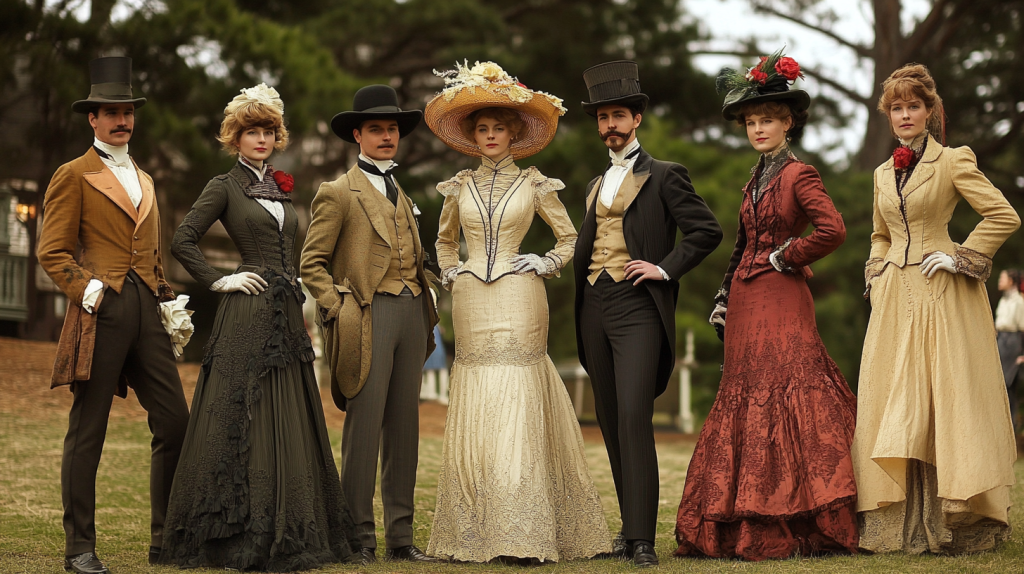
Some of the hairstyles and makeup in “Downton Abbey” are not entirely accurate for the period. Women’s hairstyles, in particular, sometimes reflect more modern trends rather than authentic Edwardian styles. Makeup would have been much more subtle than often portrayed. For instance, the bold lipstick seen on some characters would have been considered scandalous in Edwardian high society.
Oversimplification of Class Relations
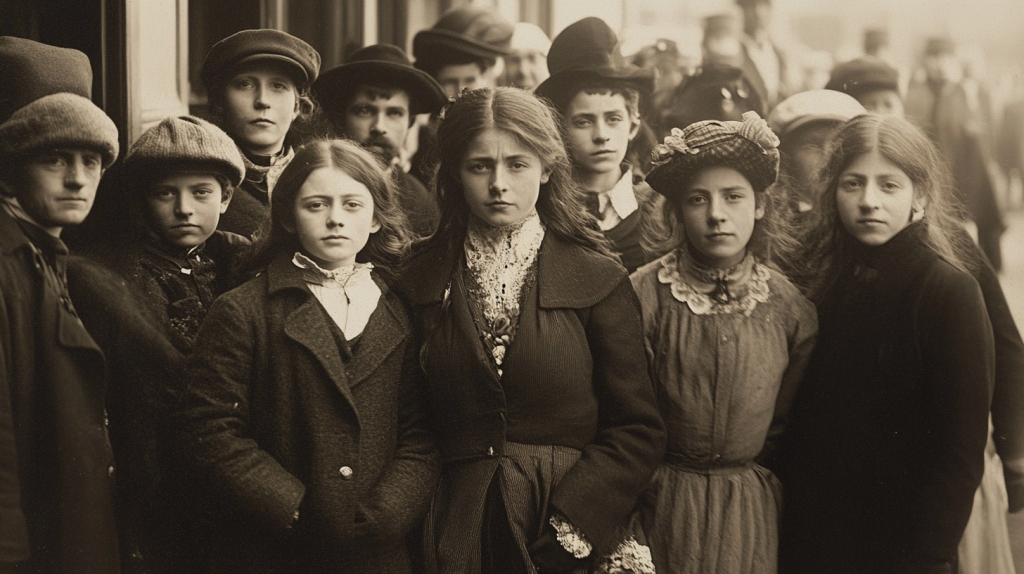
While “Downton Abbey” does address class issues, it often oversimplifies the complex relationships between different social classes in Edwardian England. The rigidity of the class system and the difficulties of social mobility are sometimes downplayed for narrative purposes. In reality, the class divide was so entrenched that even minor breaches of etiquette could have serious social consequences.
Unrealistic Servant Behavior
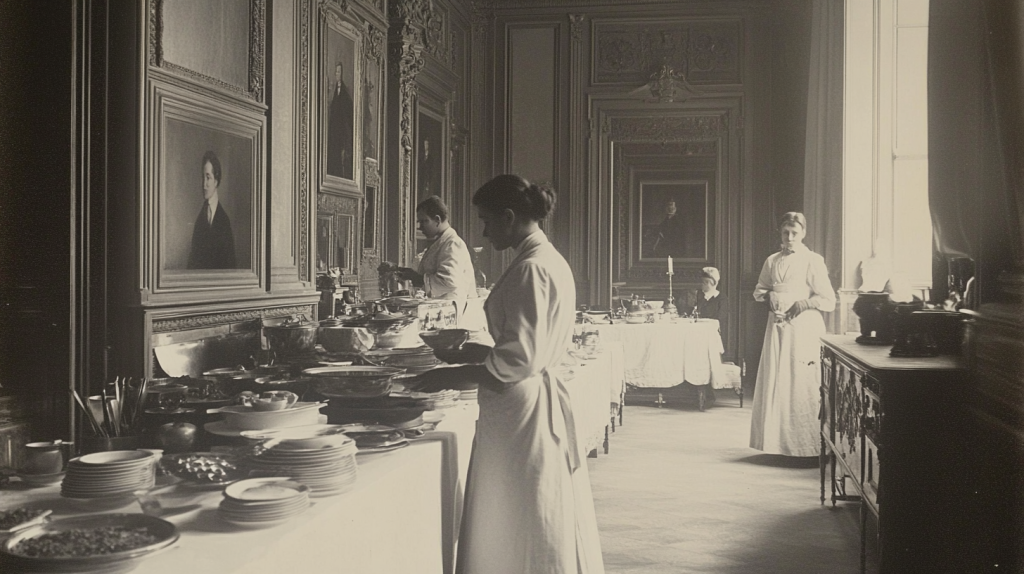
Many of the servants’ actions in “Downton Abbey” would have resulted in immediate dismissal in real Edwardian households. The level of insubordination and personal drama among the staff would not have been tolerated in a well-run estate of the time. Servants were expected to be practically invisible, speaking only when spoken to and never offering opinions on family matters.
Inaccurate Portrayal of Women’s Rights

The show sometimes gives its female characters more agency and independence than they would have had in Edwardian England. While the women’s suffrage movement was gaining momentum, women’s rights were still very limited compared to how they’re often portrayed in the series. For example, women didn’t gain the right to vote on the same terms as men until 1928, well after the period portrayed in the early seasons.
Overlooking the Impact of World War I

While “Downton Abbey” does cover World War I, it somewhat underplays the devastating impact the war had on British society. The societal changes and loss of life were even more profound than the show suggests, fundamentally altering the fabric of Edwardian life. Nearly an entire generation of young men was lost, leaving many estates without heirs and forever changing the social landscape.
Modernized Views on Mental Health

The show’s treatment of mental health issues is often more aligned with modern perspectives than those of Edwardian England. Mental illness was poorly understood and often stigmatized during this period, more so than depicted in the series. Treatments were often harsh and ineffective, and many sufferers were hidden away from society rather than treated with the compassion seen in the show.
Inaccurate Depiction of Medical Practices
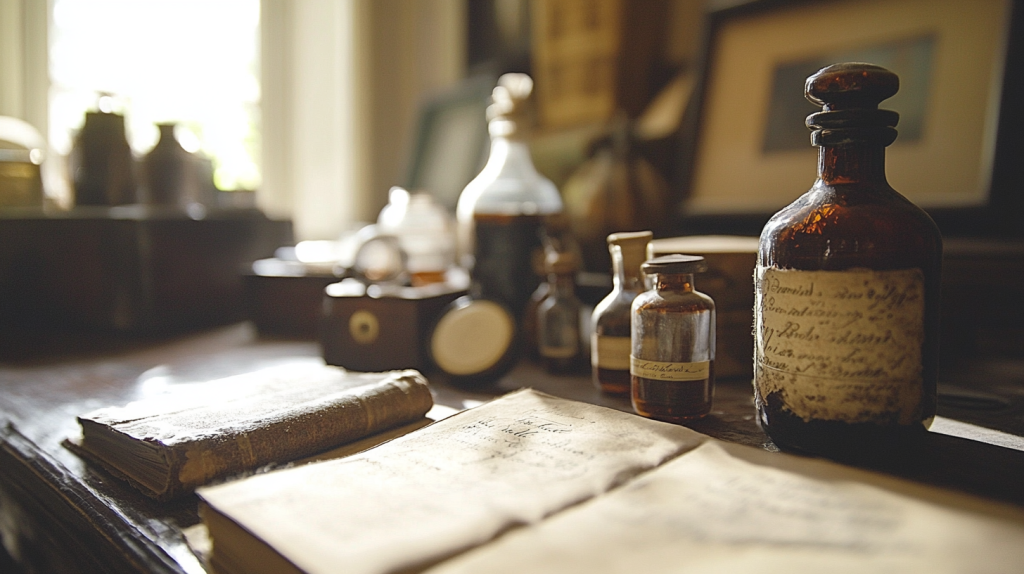
Some of the medical practices shown in “Downton Abbey” are more advanced than what would have been available at the time. The speed of medical progress and the availability of certain treatments are sometimes exaggerated for dramatic effect. For example, the successful treatment of Matthew’s paralysis would have been highly unlikely given the medical knowledge and technology of the time.
Oversimplified Political Landscape

The political landscape of Edwardian England was complex and rapidly changing. “Downton Abbey” sometimes simplifies these political dynamics, focusing more on personal drama than the broader political context that would have significantly impacted the characters’ lives. Issues like the Irish Home Rule crisis, the rise of socialism, and the decline of the Liberal Party had far-reaching effects that are often glossed over in the series.
Katy Willis is a writer, master herbalist, master gardener, and certified canine nutritionist who has been writing since 2002. She’s finds joy in learning new and interesting things, and finds history, science, and nature endlessly fascinating.
